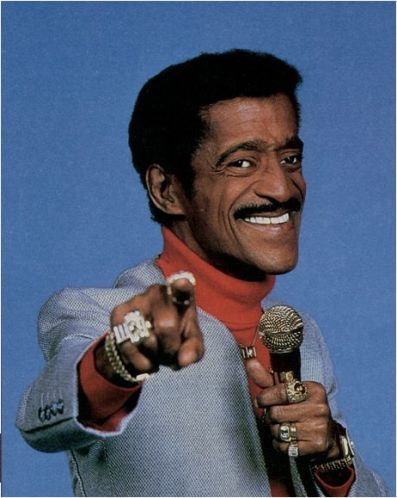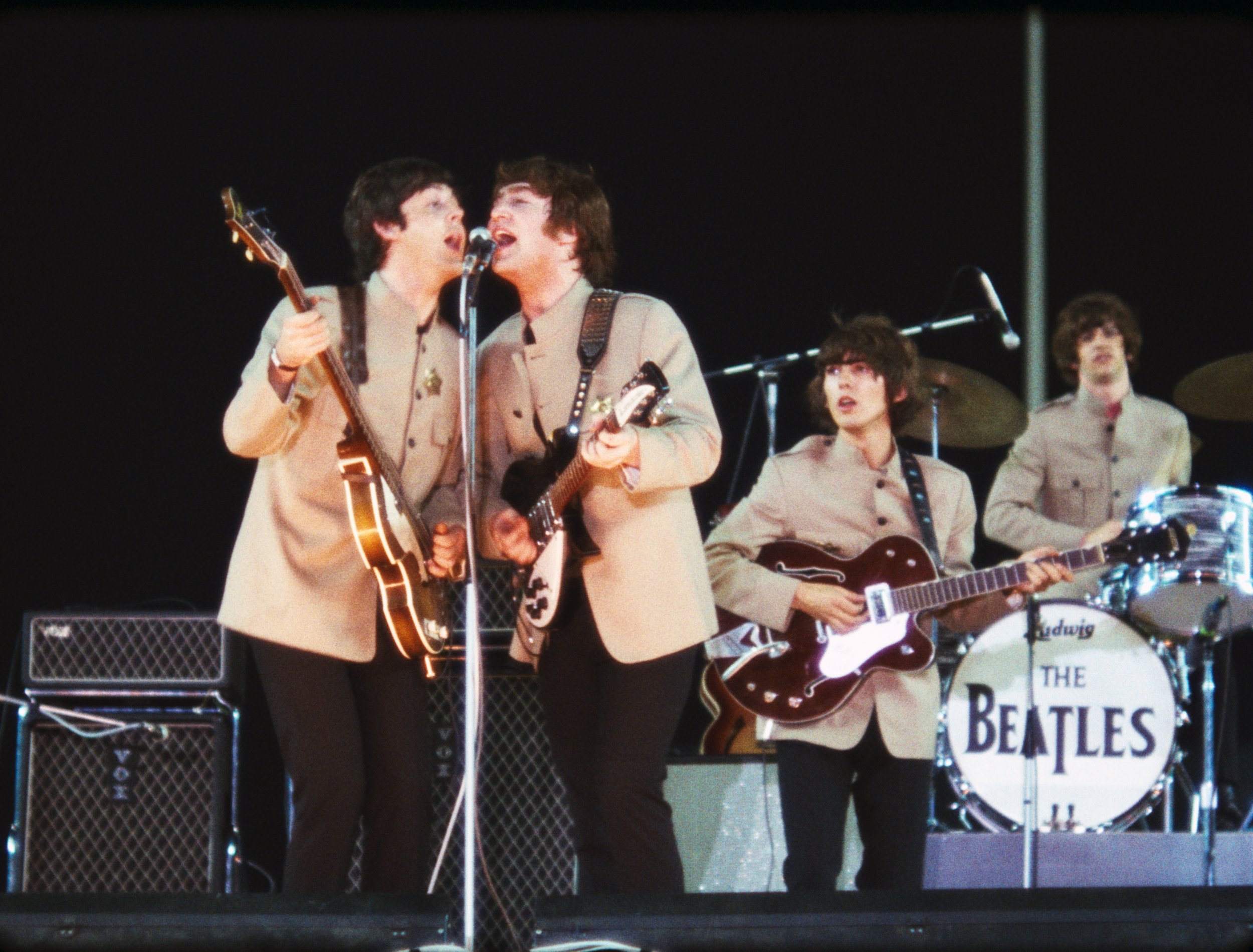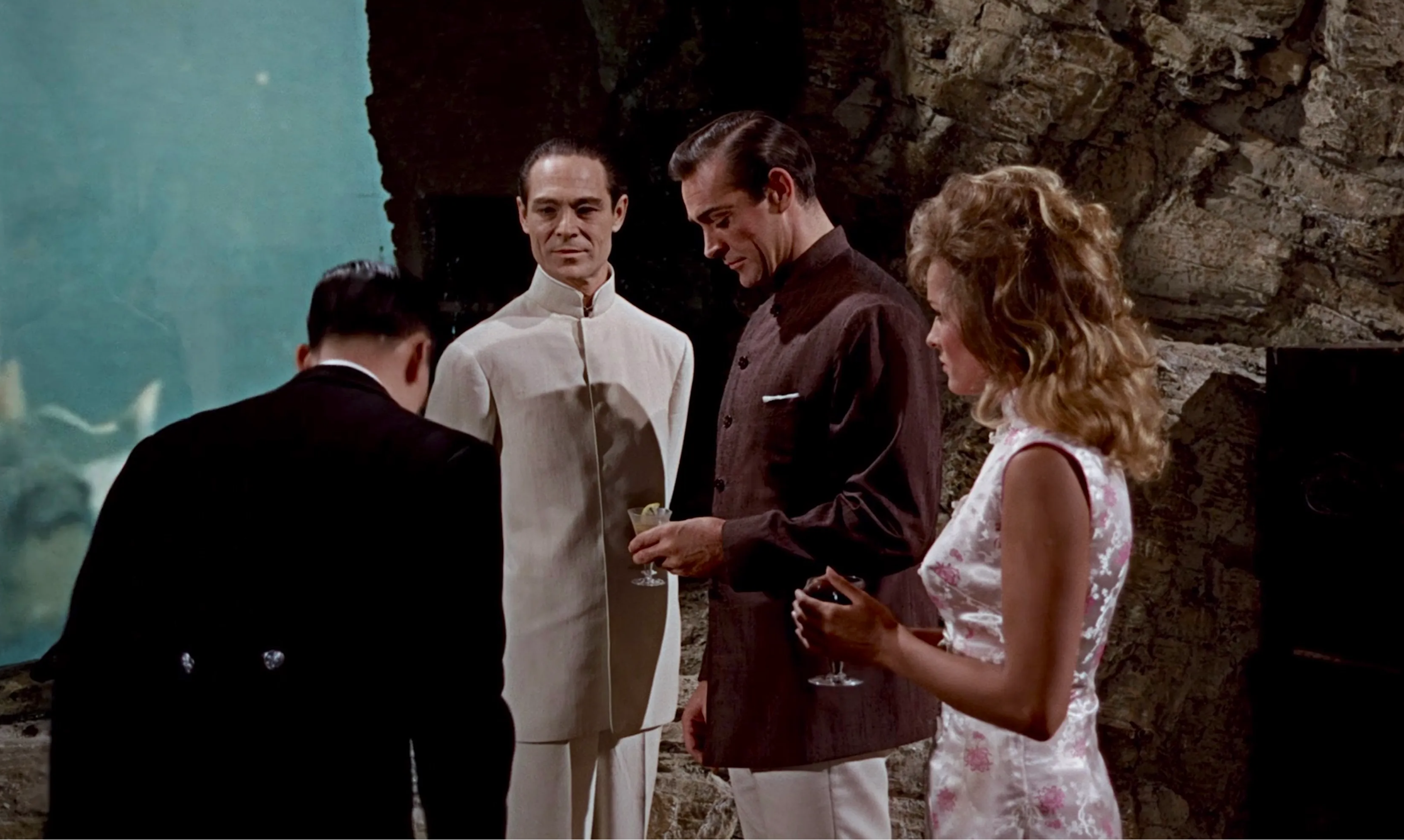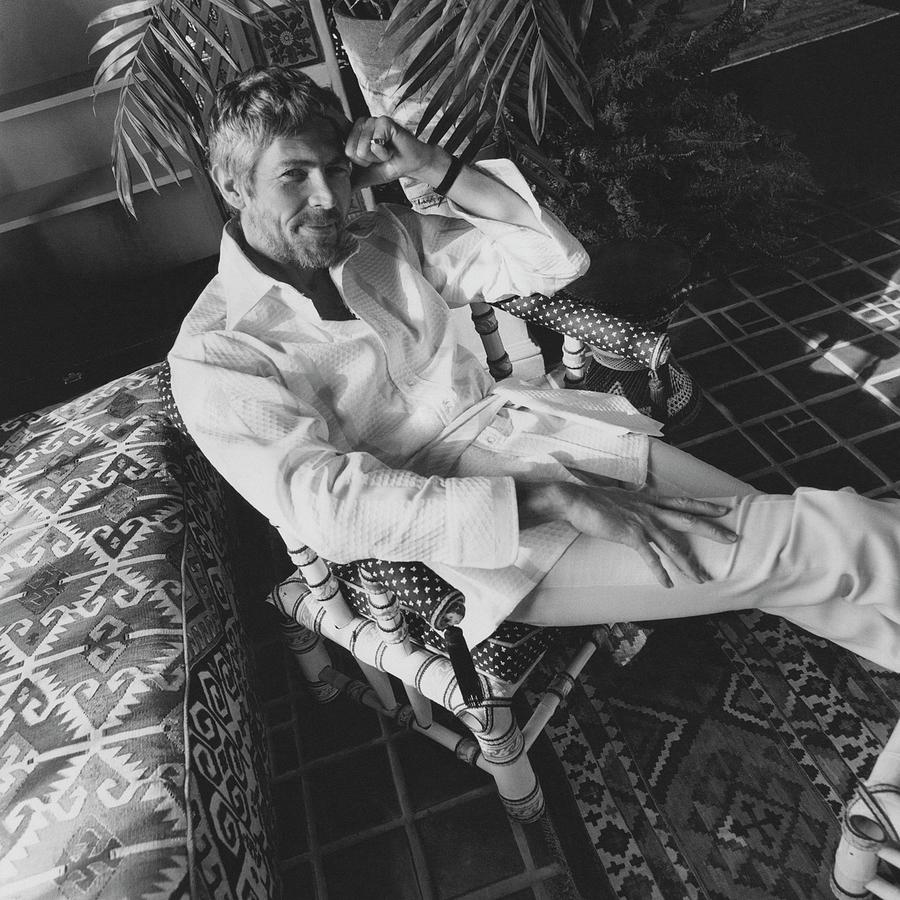
by Victoria Lucas
Full Disclosure
I’m going to have some fun with this, and I hope you do too. Some of you may remember that I pitched a TV show called “Laugh-In” on May 4, 1968. Although I initially experienced the show on FM radio, lacking a TV but having a local TV station with a frequency reachable on my FM dial, I have actually watched the show on the TVs of friends every chance I’ve had. This movie was a treat for me.
"The Maltese Bippy"
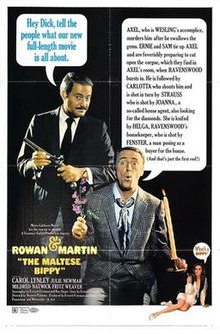 Poster for “The Maltese Bippy”
Poster for “The Maltese Bippy”
This seems to be the only movie so far with “Maltese” in its title that is not an adaptation of the Dashiell Hammett detective novel, The Maltese Falcon. “The Maltese Bippy” is a movie starring Dan Rowan and Dick Martin clearly made in the hopes of taking advantage of the popularity of their comedy team in the TV weekly show “Rowan & Martin’s Laugh-In.” “Bippy” is a catchphrase of that show that might refer to anything from something Dick Martin is “betting” to a Bippy Burger served at one of a chain of Laugh-In restaurants, or something offered in exchange by Sammy Davis, Jr. for his “wagon.”
It is called a horror-comedy, spoofing movies like “Blood of Dracula’s Castle,” and it portrays Dick Martin as a werewolf-in-training. It is also rated as a “mystery,” with the team splitting up, Rowan hoping to take monetary advantage of Martin’s expected transition to lycanthropy, as well as a woman among the neighbors whom Rowan hopes to sign as a performing werewolf herself, as Martin pursues the question of why their neighbors have masqueraded as werewolves and taken an interest in him and his home.

TV show title with typical curtain style
The movie is identifiable as having the “Laugh-In” style of rapid-fire delivery as well as the show’s way of mocking everything: the duo can’t even let the titles go by at the beginning without appearing beside them and making fun of them, and the last moments of the film are no less flippant than the first. But it proceeds Without (and this is a big W) the political commentary that we’ve grown used to on their shows.

Scene from "Once Upon a Horse"
This was not their 1st movie—the pair starred in “Once Upon a Horse” in 1958, 6 years after they began their comedy partnership as a nightclub act, and 9 years before the pilot of “Laugh-In.”

Dan Rowan on "Rowan & Martin's Laugh-In"
Daniel Hale Davis (“Dan Rowan”) became an orphan at 11 after traveling with his parents in a carnival. He was seen through high school by a foster family, then hitchhiked to Los Angeles, where he worked in the Paramount Studios mailroom. He next served as a fighter pilot in WWII, being awarded medals for his service. After the war, he returned to Los Angeles and got together with Dick Martin, with Martin starting out in the “straight man” role in their nightclub act, which worked better when they switched, allowing Martin to get the laughs.

Dick Martin on "Rowan & Martin's Laugh-In"
Thomas Richard Martin ("Dick Martin"), on the other hand, spent his ordinary childhood in Michigan, and survived an infection with tuberculosis that kept him out of the military. His first job in entertainment was as a writer for a radio sitcom that I remember listening to, “Duffy’s Tavern.” (It always began with an actor answering a phone with: “Duffy’s Tavern, where the elite meet to eat. Duffy ain’t here”—Duffy never does appear.) Martin was also in the movie "Glass Bottom Boat," a comic spy movie with Doris Day (1966). He was working on "The Lucy Show" (since 1962) when "Laugh-In" came along and proved itself to have legs, ending his appearance on that show in 1968.

Sammy Davis, Jr. as "da judge"
I was intrigued to remember that the original premise of the movie is based on the same story as a sketch in the March 17 “Laugh-in” show this year, performed by Rowan and Sammy Davis, Jr. (a regular guest known for prancing about chanting “Here come da judge” in a judge’s gown and antique wig, also in this show missing his "wagon"). In the TV sketch the two lament that their pornographic-film company is going bust and they will not be able to continue making movies without an injection of cash. In the movie, Rowan and Martin are ejected from their “studio” in an office building, in which they have been making soft pornography films, employing women who don’t know what they’re in for.

Martin's housekeeper played by Mildred Natwick, shown here in "The Trouble with Harry"
The pair move their office to Martin’s house, since he has been backing the enterprise with his money. The place has already been turned into a boardinghouse, to try to support the business and earn a living, and a beautiful young woman (Carol Lynley) is rooming there, as well as a suspicious young man (Leon Askin). After a murder occurs in the cemetery nearby some strange neighbors begin to come around. Martin’s housekeeper, played by Mildred Natwick, is justifiably suspicious of everybody, even Martin.
From Horror Movie to Mystery
Early on the movie appears to be rapidly developing into a horror movie with gags. But after a sufficiency of graveyard shots, a sequence intervenes that I would sit through the whole movie again just to watch: in a dream Martin sees himself in a bathroom mirror, turning into a werewolf before his eyes—a very good makeup job. As the wolf, he seeks help but only gets himself into more trouble, ending up in an old-time silent-movie-style chase being cranked too fast. Lynley comes to his aid and wakes him up, providing a transition from the horror comedy to a mystery story with now 2 murders to solve. Between this point and the end, a literal heap of murderers are dispatched and a man pretending to be a representative of the “Motion Picture Code” commands a policeman to arrest Rowan and Martin for “excessive violence on film.”
WARNING
This movie has 4 endings, no taste, and enough silliness for a truckload of stooges, but then that’s “Laugh-In,” isn’t it? And that’s why people like me (“Laugh-In” fans) go to see it. We want to see Dan Rowan and Dick Martin make fools of themselves and each other—and anyone else in range, such as their guest stars, who have so far included Tiny Tim, Garry Moore, Gina Lollabrigida, the Smothers Brothers, Mel Brooks, Hugh Hefner, Lena Horne, Rock Hudson, Jack Benny, Guy Lombardo, Liberace, Zsa Zsa Gabor, Johnny Carson, Marcel Marceau, Rod Serling, Jimmy Dean, Colonel Sanders, John Wayne, and Richard Nixon, to name a few.
If you are, like me, a fan of “Laugh-In,” by all means go and see it, and for you I would give the film 4 and a half stars out of 5. If you are not a fan, don’t bother, you will probably see it as maybe a 2 out of 5.



![[December 14, 1968] The Emperor's New Nehru](https://galacticjourney.org/wp-content/uploads/2023/12/Cardin-600x372.jpg)


